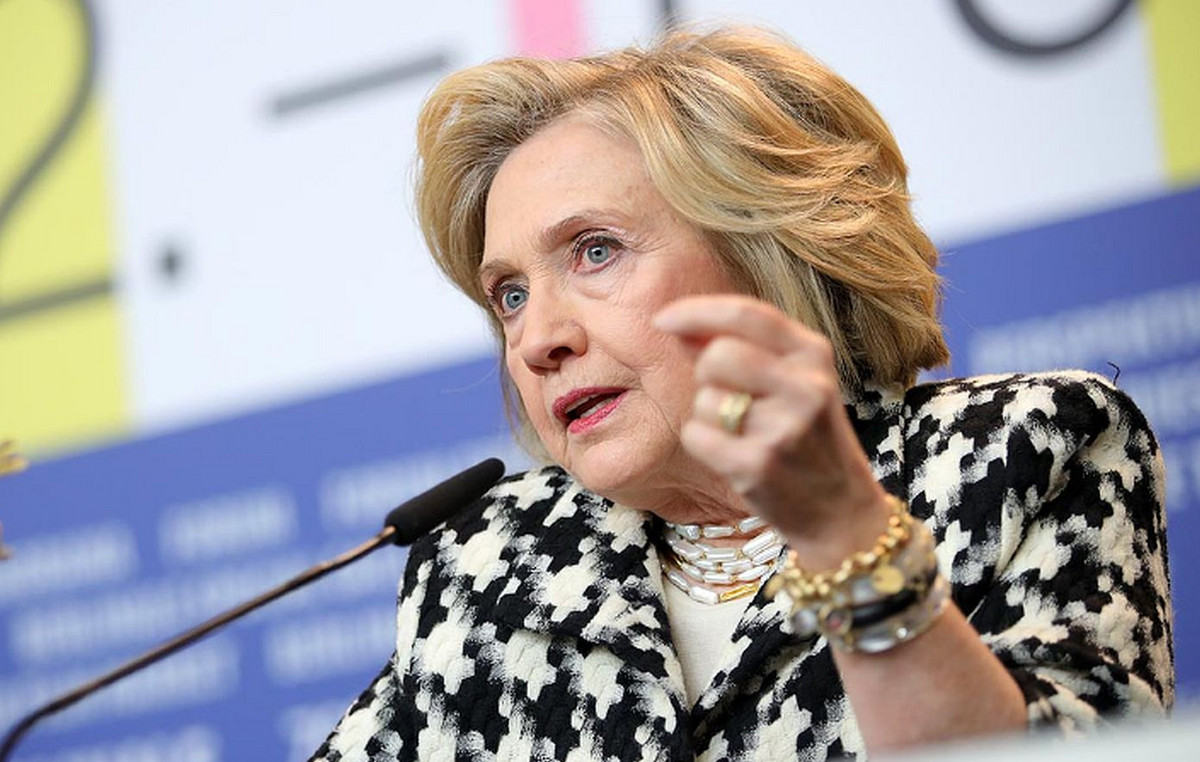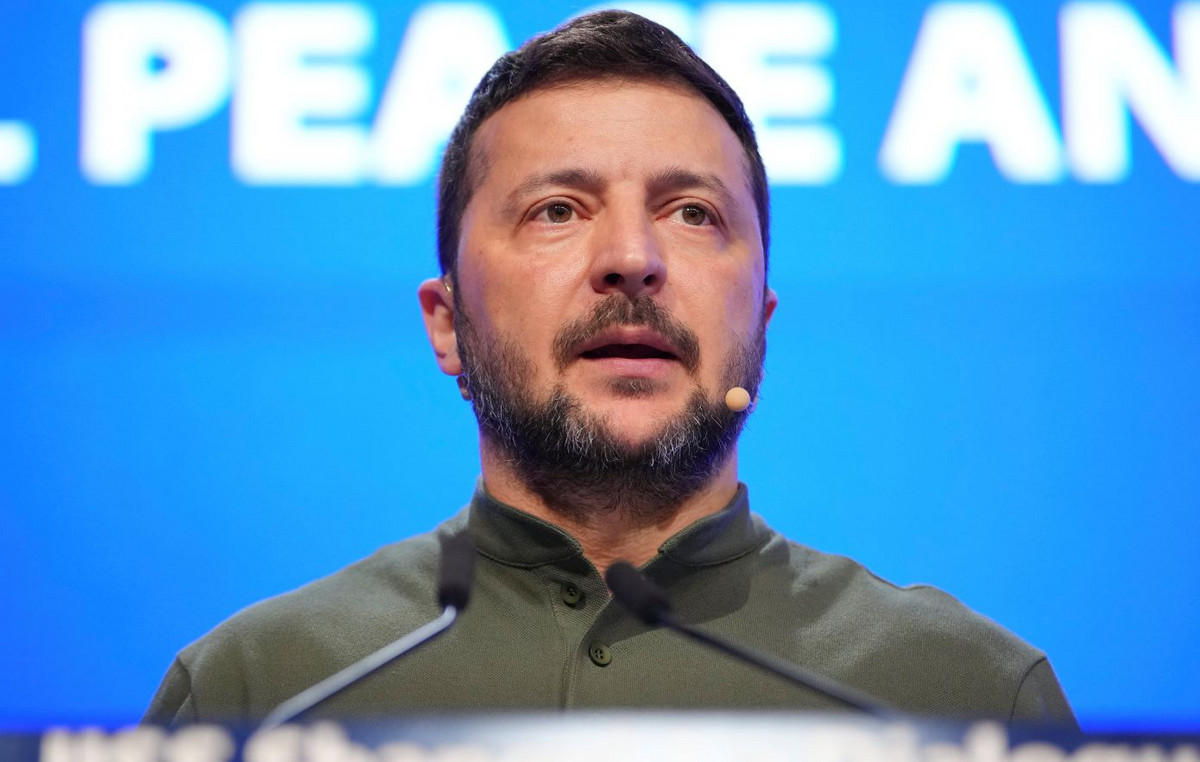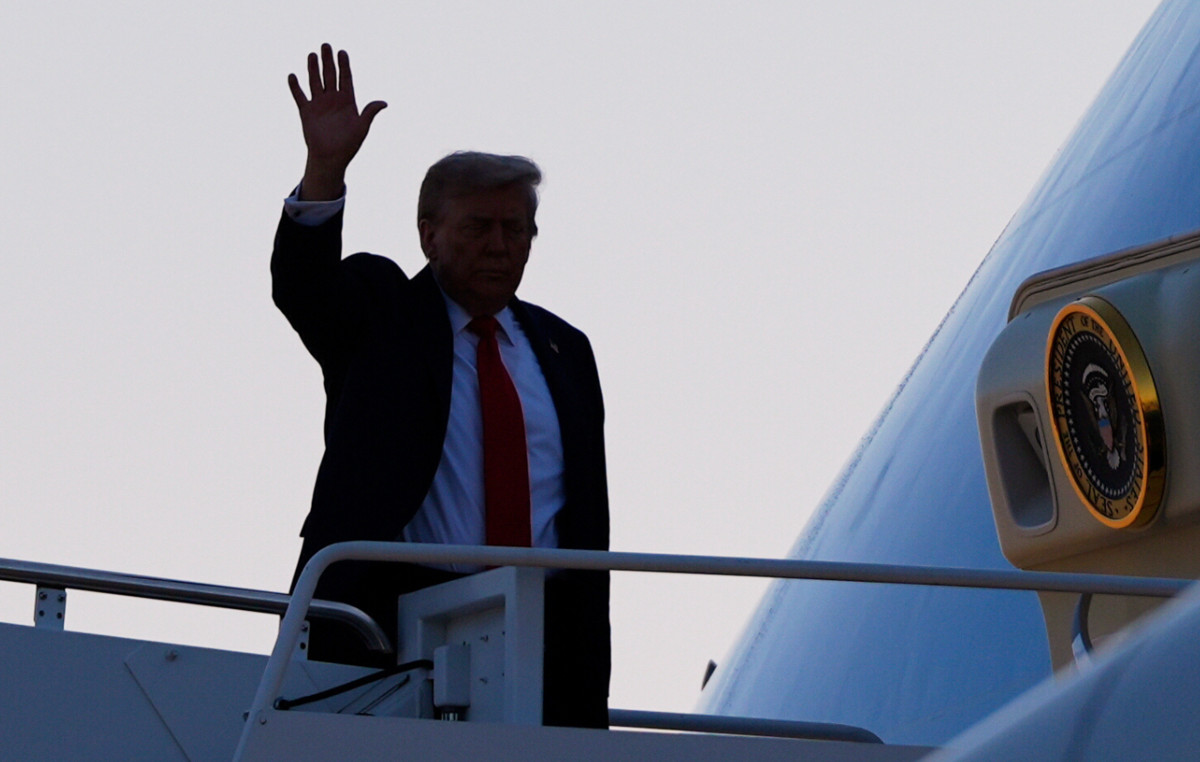Government spending on health in Brazil, compared to the percentage of Gross Domestic Product (GDP), corresponds to half the average of the countries that are part of the Organization for Economic Cooperation in Development (OECD), analyzed by the IBGE. The Health Satellite Account, a survey released this Thursday (14) by the agency, shows that, of the 13 countries analyzed, Brazil occupies the penultimate position, behind only Mexico.
According to the IBGE, the Brazilian government’s expenditure on health in 2019 corresponded to 3.8% of GDP in the same year. The average for OECD countries is 6.5%. Germany is the one that spent the most in the area, having spent 9.9% of its GDP on the sector in the year of the survey. Then come France and Japan (9.3%), the United Kingdom (8%), Canada (7.6%), Switzerland (7.5%), Australia (6.5%), Colombia (6%), Portugal (5.8%), Chile (5.7%) and Greece (4.7%). Finally, there are Brazil (3.8%) and Mexico (2.7%).
THE CNN questioned the Ministry of Health about data related to public spending in the sector, and is awaiting a position.
For public health specialist and professor of medicine at the Federal University of Rio de Janeiro (UFRJ) Ligia Bahia, as they are “pre-pandemic”, the data indicate that the government was already on a downward curve in relation to spending. According to the specialist, the problems only get worse and the new technologies put pressure on spending, that is, Brazil is in the opposite direction, since the trend is always to increase health costs.
“The current situation, in 2022, is no better than that of 2019. It is evident, between one survey and another, that there is a reduction in the proportion of public spending, and that we are not managing to keep the accounts. The data also sheds light on the response to Covid-19. It is a structural problem”, points out the expert.
On the other hand, when comparing family health expenditure (as a percentage of GDP) to that of other countries, Brazil is ahead. While these expenditures here correspond to 5.8% of GDP, the average expenditure of OECD members was 2.3% of Gross Domestic Product.
Germany, for example, ranked last on the list of private health expenditures; 1.8% of expenses in relation to its GDP.
“The research shows that the population spent more on medicines and services in the private network. The direct/basic expenditure of Brazilians is with medicines, and the result of the research is terrible in this sense because it means that the person does not have the basics. Medicines should be free, as they are part of the therapeutic act and are the basis for health treatments”, says Ligia Bahia.
She adds that public health reflects on the general scenario of the country, and that a change of mentality is needed.
“We need to give priority to SUS [Sistema Único de Saúde] and reversing the conception that public health is made for the poor, for the slave quarters, while the ‘big house’ is protected. To reverse this situation and have the same pattern as in European countries, for example, it is necessary to change the thinking of the ‘segregating matrix’, which thinks that spending on health can be low. In rich countries, rich people use the public system. The same is true for education and other sectors”, concludes the public health specialist.
Consumption of health goods and services in Brazil
In 2019, spending on final consumption of health goods and services in Brazil was BRL 711.4 billion. This corresponds to 9.6% of GDP for the same year. Of the final amount, BRL 427.8 billion (5.8% of GDP) were consumption expenditures by families and non-profit institutions serving families, and BRL 283.6 billion (3.8% of GDP) were spent by the Federal Government.
In the analysis of per capita expenditure in 2019, the cost to families and non-profit institutions serving families was BRL 2,035.60 and the cost to the government was BRL 1,349.60. Also according to the IBGE, private health services corresponded to the main expenditure of families, comprising 67.5% of total expenditure on final health consumption. These expenses mainly include doctors and health plans, in addition to hospital and outpatient services.
Work stations
Another data analyzed by the IBGE was the participation of health-related activities in the total number of jobs in Brazil. In the comparison between 2010 and 2019, there was a growth of 2.1 percentage points. While in 2010, health jobs accounted for 5.3% of total occupations, in 2019 it rose to 5.7%.
Also in this period, it was observed that while there was a 49.2% growth in personnel employed in health activities between 2010 and 2019, the increase in non-health activities grew by only 5.7%. Once again, private healthcare presented the highest numbers, representing a growth in the number of occupations of 62.9%.
Source: CNN Brasil







